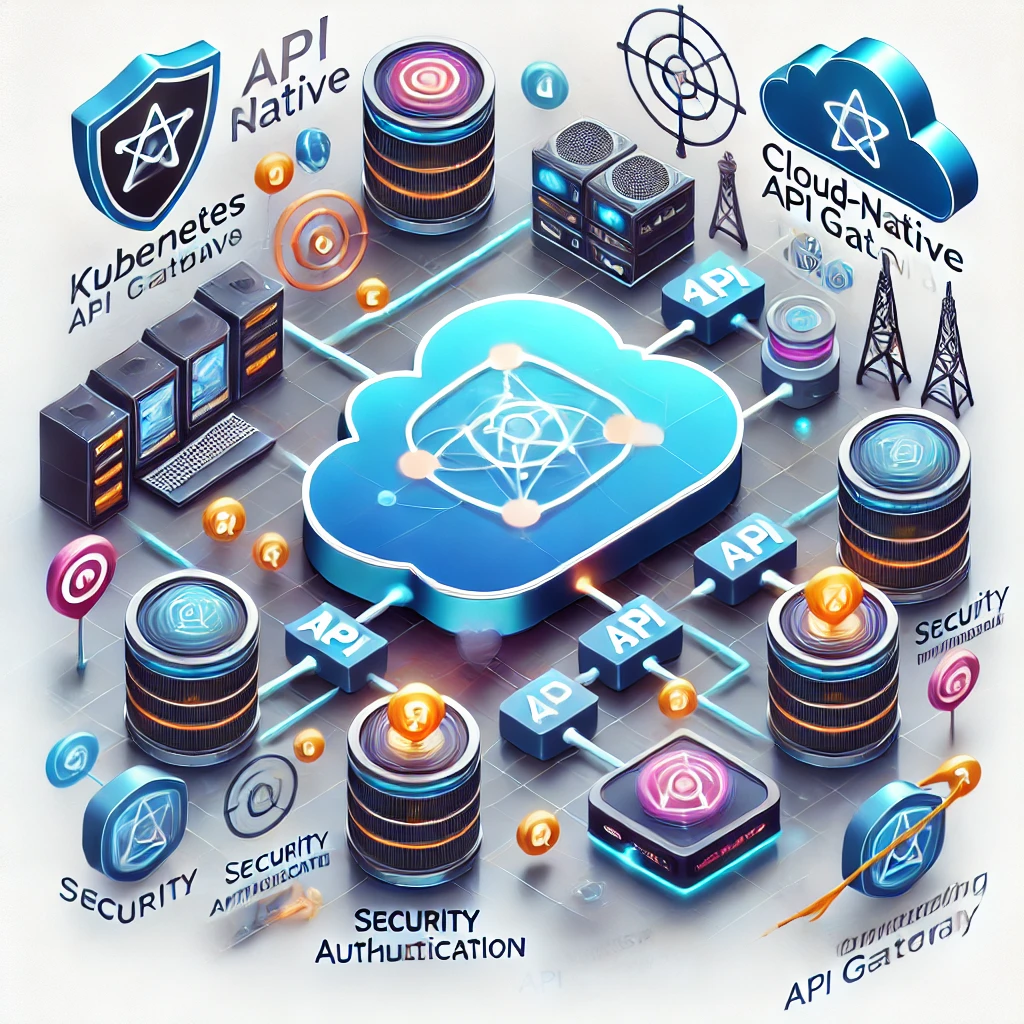Ambassador API Gateway - A Cloud-Native Approach to API Management

In the era of microservices and cloud-native applications, API gateways play a crucial role in managing and securing communication between services. Ambassador API Gateway has gained popularity as a Kubernetes-native solution designed to handle API traffic efficiently. This blog post explores the key features of Ambassador, its architecture, and how it compares to traditional API gateways.
What is an API Gateway?
An API Gateway acts as an entry point for microservices, providing essential functionalities such as: - Authentication and Authorization – Managing access control via OAuth, JWT, or API keys. - Traffic Management – Routing, load balancing, and rate limiting. - Security – TLS termination, request validation, and protection against attacks. - Observability – Logging, tracing, and monitoring API usage.
Traditional API gateways like Kong, Apigee, and AWS API Gateway have been widely used in monolithic and hybrid architectures. However, Kubernetes-native applications require more dynamic, scalable, and DevOps-friendly solutions—this is where Ambassador comes in.
Introducing Ambassador API Gateway
Ambassador is an Envoy-based API gateway designed for Kubernetes. It serves as an ingress controller and facilitates north-south (external) traffic management for microservices.
Key Features of Ambassador
- Kubernetes-Native
-
Ambassador is built specifically for Kubernetes, leveraging Custom Resource Definitions (CRDs) for configuration instead of traditional static config files.
-
Envoy Proxy as the Core
-
Ambassador uses Envoy Proxy under the hood, benefiting from its advanced networking capabilities, resilience, and extensibility.
-
Decentralized Configuration
-
Unlike monolithic API gateways, Ambassador enables microservices teams to configure routing and policies independently.
-
Authentication and Security
- Supports OAuth2, JWT validation, and external authentication services.
-
Implements mTLS (Mutual TLS) for secure service-to-service communication.
-
Traffic Control and Rate Limiting
- Offers advanced load balancing, circuit breaking, and failover strategies.
-
Implements rate limiting to prevent abuse and ensure fair usage.
-
Observability and Monitoring
- Integrates seamlessly with Prometheus, Grafana, and OpenTelemetry for real-time insights.
- Provides built-in support for distributed tracing with Jaeger and Zipkin.
How Ambassador API Gateway Works
1. Deployment Architecture
- Ambassador runs as a Kubernetes deployment and is typically exposed via a Kubernetes Service.
- It integrates with Ingress Controllers such as NGINX or the Kubernetes API server to manage external traffic.
- Each microservice can define its own routing rules using Kubernetes annotations or CRDs.
2. Traffic Routing Example
Below is an example of configuring a route for a microservice using AmbassadorMapping CRD:
apiVersion: getambassador.io/v3alpha1
kind: Mapping
metadata:
name: my-service
spec:
prefix: /my-api/
service: my-service.default.svc.cluster.local:8080
timeout_ms: 5000
This mapping ensures that requests to /my-api/ are routed to my-service running on port 8080.
3. Authentication Example
To integrate JWT authentication, you can define the following configuration:
apiVersion: getambassador.io/v3alpha1
kind: AuthService
metadata:
name: jwt-auth
spec:
auth_service: auth-service.default:443
proto: http
allowed_request_headers:
- "Authorization"
This setup ensures that all incoming requests must include a valid JWT token before being forwarded to microservices.
Comparison: Ambassador vs. Traditional API Gateways
| Feature | Ambassador | Kong | AWS API Gateway | Apigee |
|---|---|---|---|---|
| Kubernetes-Native | ✅ Yes | ⚠️ Partial | ❌ No | ❌ No |
| Envoy Proxy | ✅ Yes | ❌ No | ❌ No | ❌ No |
| CRD-based Config | ✅ Yes | ❌ No | ❌ No | ❌ No |
| Authentication | ✅ Yes | ✅ Yes | ✅ Yes | ✅ Yes |
| Observability | ✅ Prometheus, Grafana | ✅ Kong Vitals | ✅ CloudWatch | ✅ Stackdriver |
| Serverless Support | ⚠️ Limited | ✅ Yes | ✅ Yes | ✅ Yes |
| Cloud-Native Integration | ✅ Yes | ✅ Yes | ✅ Yes | ✅ Yes |
When to Use Ambassador API Gateway?
Ambassador is an excellent choice if: ✅ Your application is Kubernetes-native and relies on microservices. ✅ You want a fully declarative and GitOps-friendly API Gateway. ✅ You need high performance with Envoy Proxy. ✅ You require scalability with dynamic routing and service discovery.
However, if you need deep API monetization, fine-grained analytics, or serverless API support, traditional gateways like Apigee or AWS API Gateway might be a better fit.
Conclusion
Ambassador API Gateway provides a powerful, Kubernetes-native solution for managing API traffic in microservices architectures. With its Envoy-based foundation, decentralized configuration, and first-class support for Kubernetes, it offers a scalable and developer-friendly alternative to traditional API gateways.
If you’re running microservices on Kubernetes and looking for an efficient, scalable API gateway, Ambassador is definitely worth considering!
Do you use Ambassador in your Kubernetes setup? Share your experience in the comments!